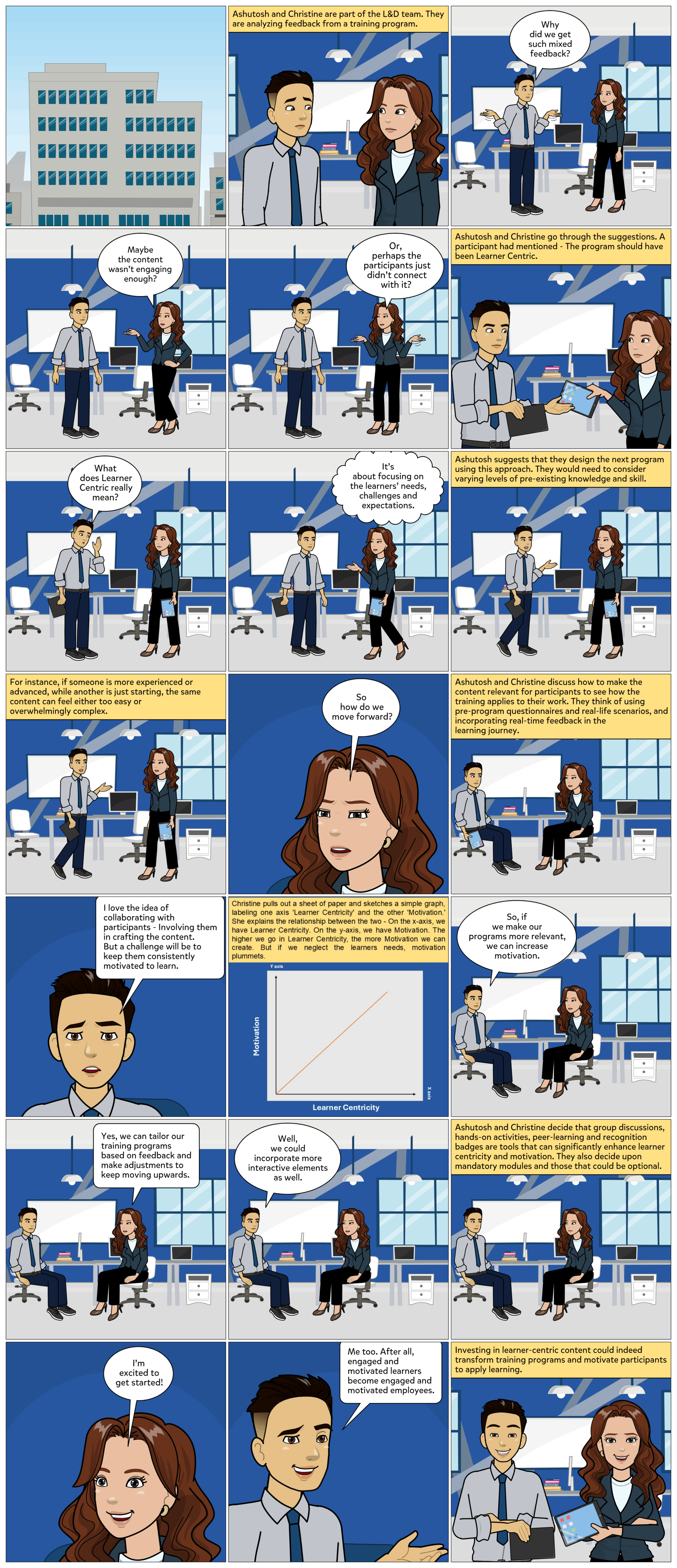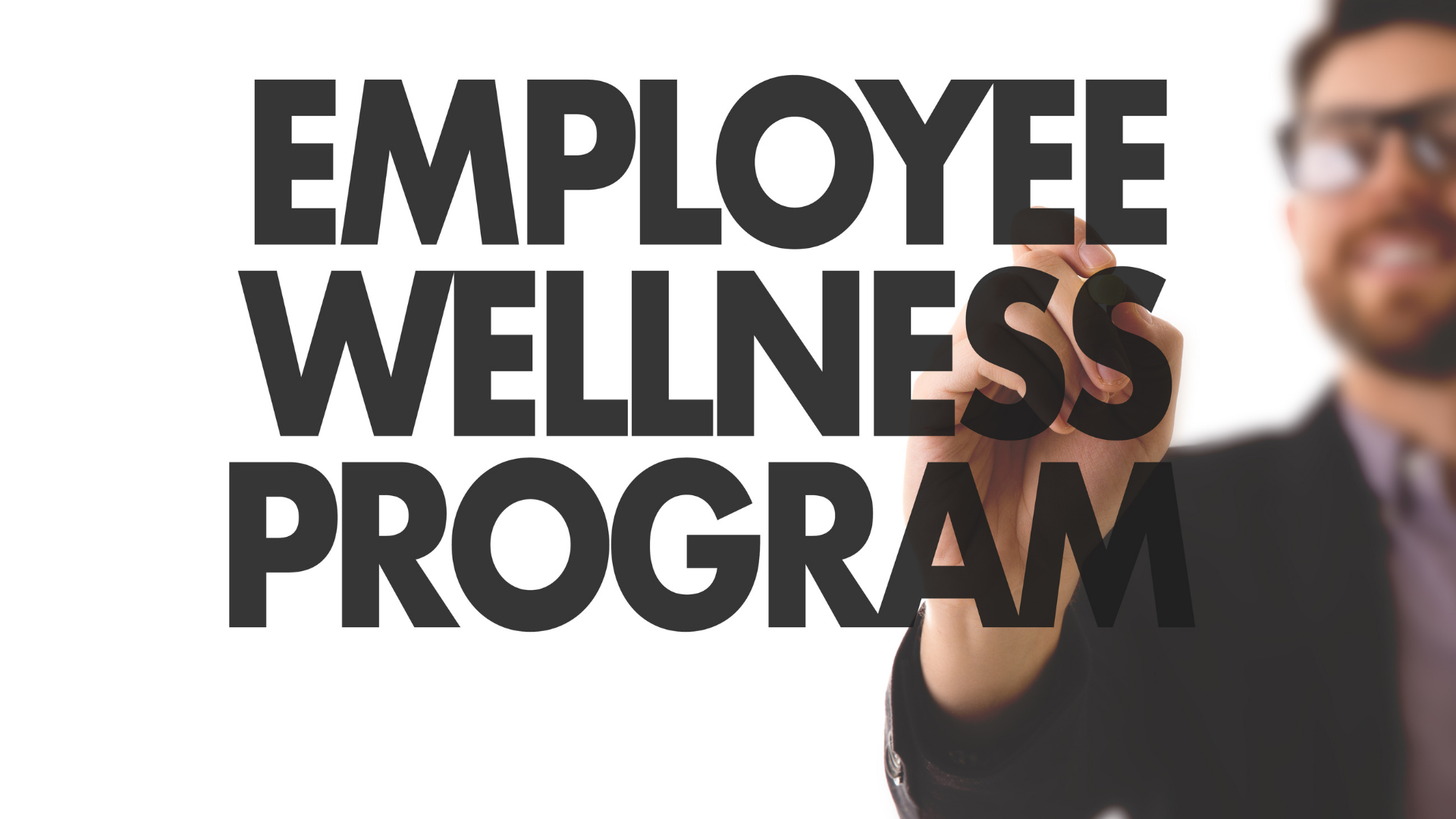Learner Centricity Explained: Why It’s Crucial for Modern Learning Programs
In the fast changing world of corporate learning, one buzzword that stands out: learner centricity. But what does it really mean? Does it mean to put the learner at the center of the learning experience? Or does it mean standardising the content, finalising rigid learning paths and focus solely on ticking boxes to complete the compliance or organizational goals. And why should businesses care about it in the first place?
What is Learner Centricity?
Table of Contents
Firstly, let’s try to decipher what it means. Learner centricity is an approach to designing and delivering learning experiences that prioritize learners’ needs, preferences, and contexts. It means shifting from traditional, one-size-fits-all training models to personalized, flexible, and relevant experiences that empower learners to take control of their learning journey. At its core, learner centricity is about recognizing that every individual learns differently — at their own pace, through different modalities, and with unique motivations.
Why Does Learner Centricity Matter?
Why is “Learner Centricity” being given such importance in the modern learning world?
According to LinkedIn’s Learning Report 2023, 94% of employees are more likely to stay at a company that invests in their career development, highlighting the need for personalized learning paths.
To understand this better, I would like you to go through a short scenario. In this scenario, Ashutosh and Christine are part of the L&D team are reviewing feedback from a recent training program they conducted. They notice the feedback is mixed, and they begin to wonder why.

1. Engagement and Motivation
As seen in the scenario, Ashutosh and Christine come to understand that centering the program around learners’ needs and experiences is key to engagement. Christine highlights that when content is relevant and appropriately challenging, learners stay motivated. Just as the scenario illustrates with Christine’s simple graph, there’s a strong connection between learner-centricity and motivation: the more tailored the content is to learners’ needs, the more motivated they are to engage.
2. Better Retention
Christine and Ashutosh discuss making the training content meaningful to participants’ work lives. This is the foundation of better retention. When learners can directly connect what they’re learning to their tasks or career goals, it sticks. It can be achieved efficiently by focusing on common workplace scenarios and relatable themes that resonate with most participants. The scenario underscores this point when Christine suggests using real-life examples and participant feedback to make content memorable. Incorporating such elements can be streamlined by observing workplace challenges, conducting surveys, or gathering insights through quick pre-training questionnaires and post-training reflections. By tying learning to real-life applications, they ensure that knowledge is not just consumed but absorbed and applied.
3. Flexibility and Autonomy
Today’s learners are balancing busy schedules, and Christine’s proposal to introduce optional modules shows a learner-centric approach. This gives participants the flexibility to choose topics that are most relevant to them or to learn at their own pace, making the learning journey more convenient. Flexibility and autonomy, as highlighted by Ashutosh and Christine’s brainstorming, empower learners and make the training experience more enjoyable.
4. Inclusive Learning
The scenario also recognizes that a traditional, one-size-fits-all approach doesn’t suit everyone. They decide to add interactive elements and peer-learning activities, catering to different learning styles and preferences. Whether it’s through discussions, hands-on activities, or recognition badges, inclusive learning practices like these make sure that everyone can thrive. Offering diverse formats — like videos, discussions, and simulations — enables a broader range of learners to feel supported and engaged.
How does FocusU make learning programs learner centric?
Now we know why learner centricity matters, but how can we design programs that truly embrace this approach? Let’s explore a few straightforward strategies that can transform your learning programs into meaningful, learner-focused experiences.
1. Align Learning Outcomes with Learner Goals
Start by identifying the skills, knowledge, or competencies that learners need to thrive in their roles or industries. By aligning these outcomes with real-world goals, learners see the value in what they’re learning, which enhances motivation and engagement.
2. Utilize Data-Driven Personalization
Tap into learner data preferences, past interactions, and if possible feedback — to create tailored learning paths that adjust to each participant’s strengths, challenges, and learning speeds. Adaptive learning technologies or pre-assessment tests can help pinpoint learners’ needs, allowing the program to be more responsive to their progress and learning preferences.
3. Incorporate Active Learning Methods
Moving beyond content, design the program with activities that promote active engagement, like problem-solving tasks, group projects, and hands-on exercises. These approaches encourage learners to apply knowledge immediately, reinforcing their learning and retention.
4. Provide Continuous Feedback and Assessment
Learning-centric programs ensure that learners receive timely, constructive feedback through assessments or peer reviews. This helps learners gauge their progress, make improvements, and feel a sense of accomplishment throughout their learning journey.
5. Enable Flexible Learning Environments
Recognizing that learning is often more effective when it fits into learners’ schedules, it offers a mix of synchronous and asynchronous options, as well as mobile-friendly content. This flexibility allows learners to engage with the material in a way that best suits their needs and lifestyle.
If none of the above strategies fit your program just ask yourself: If learners were designing this for themselves, what would they change? You might get your action plan for an impactful learner centric program.
To conclude we can say that Learner centricity isn’t just a trendy concept; it’s the way forward. It’s about crafting learning experiences that feel relevant, personal, and accessible — ultimately making learning a path that adapts to the individual rather than forcing the individual to adapt to it.










